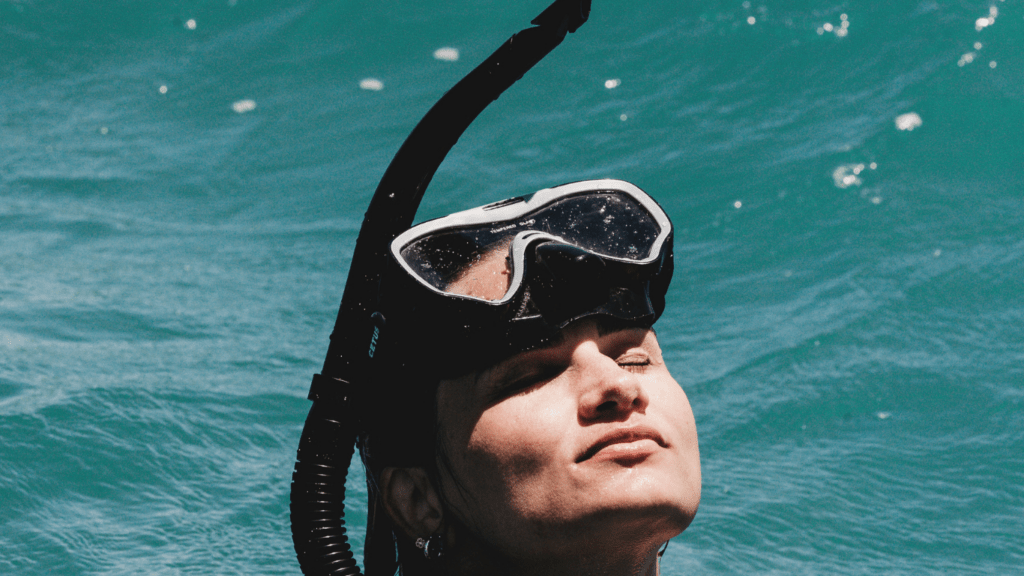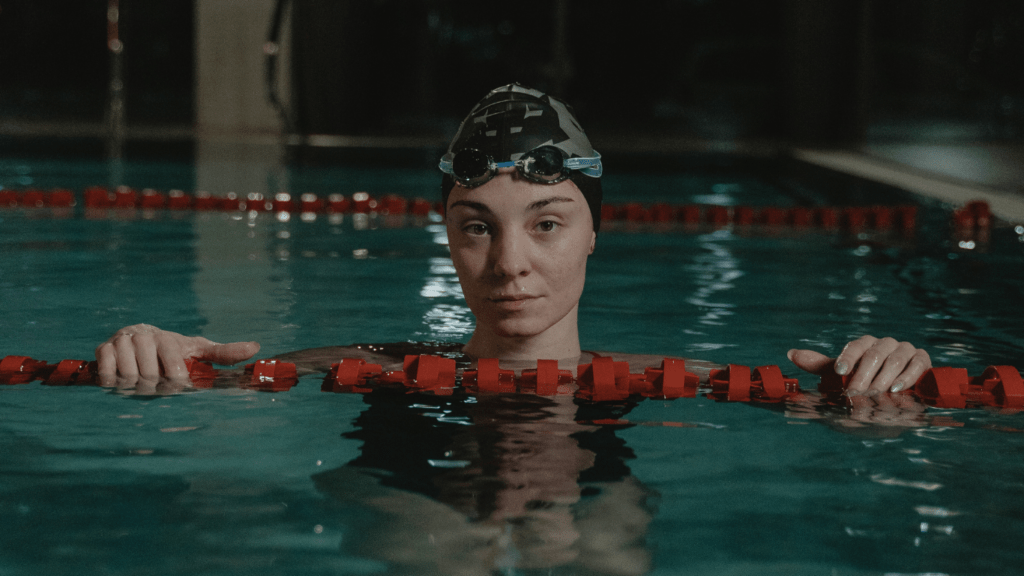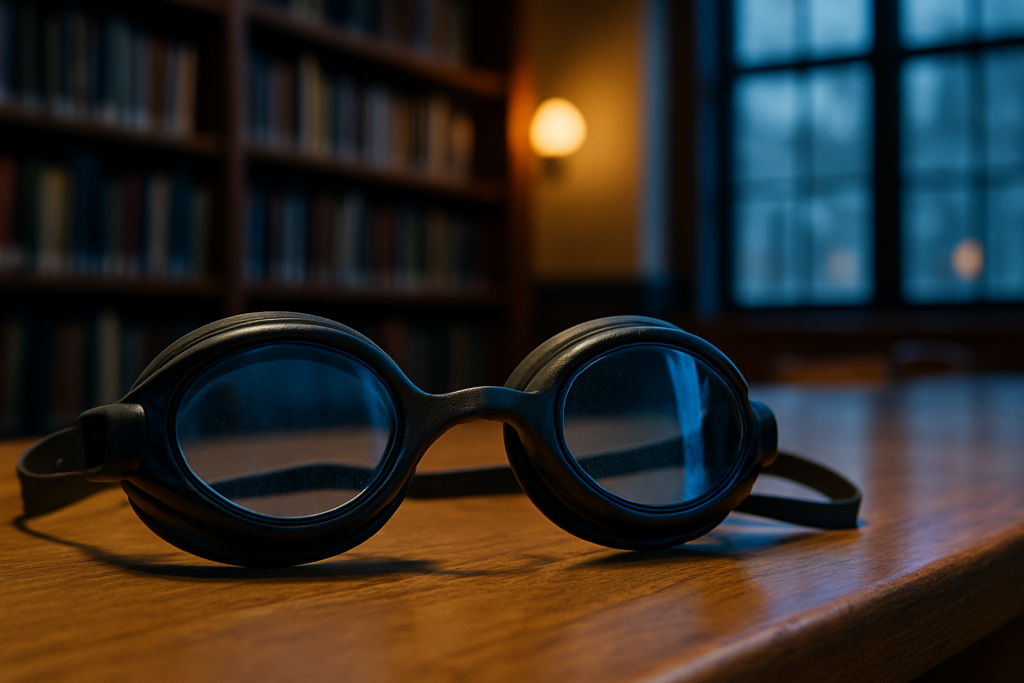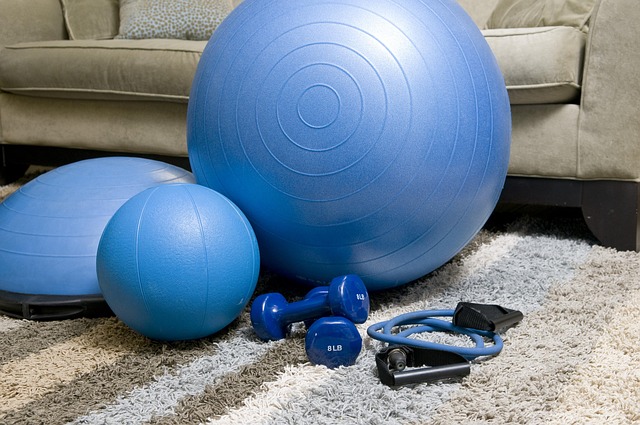When it comes to enhancing your swim training, selecting the right snorkel can make a significant difference in your performance. As a swim enthusiast myself, I understand the importance of having the proper gear to maximize training sessions. Whether you’re a beginner looking to improve your technique or an experienced swimmer aiming to refine your skills, choosing the right snorkel is crucial for achieving your goals.
In this article, I’ll share valuable insights on how to choose the perfect snorkel for your swim training needs. From considering factors like comfort and fit to understanding the various types of snorkels available, I’ll guide you through the process of selecting a snorkel that aligns with your training objectives. With the right snorkel by your side, you can enhance your swimming experience and take your training to the next level.
Benefits of Using a Snorkel for Swim Training
When it comes to swim training, incorporating a snorkel into your routine can provide numerous benefits that help improve your overall performance in the water. Here are some advantages of using a snorkel for swim training:
Improving Breathing Techniques
Using a snorkel allows me to focus on my breathing technique without the distraction of turning my head to breathe. It helps me develop a more efficient and rhythmic breathing pattern, which is essential for endurance and speed in swimming.
Enhancing Body Alignment
With the help of a snorkel, I can maintain proper body alignment in the water by keeping my head in a neutral position. This promotes a streamlined body position, reduces drag, and enhances overall efficiency in my swim strokes.
Types of Snorkels Available
When it comes to choosing the right snorkel for swim training, considering the different types available is crucial. Let’s explore two common types of snorkels: Frontal Snorkels and Side Snorkels.
- Frontal Snorkels
Frontal snorkels are designed with the tube positioned in front of the face. This type of snorkel allows swimmers to focus on their swimming technique without turning their head to breathe. Frontal snorkels are great for improving body alignment and maintaining proper posture during swim strokes. They provide a clear airway for easy breathing, making them ideal for beginners looking to enhance their swimming skills. - Side Snorkels
Side snorkels, as the name suggests, have the tube positioned at the side of the head. Swimmers using side snorkels can breathe comfortably while keeping their head in a natural swimming position. These snorkels are beneficial for refining breathing techniques and promoting proper head alignment in the water. Side snorkels are popular among experienced swimmers looking to fine-tune their stroke mechanics and breathing efficiency.
Key Features to Consider When Choosing a Snorkel

When selecting a snorkel for swim training, certain key features play a crucial role in enhancing performance and comfort. Here are some essential aspects to consider:
Snorkel Tube Length and Diameter
The tube length and diameter of a snorkel significantly impact its performance in the water. A longer tube allows for deeper dives while a shorter one is more suitable for surface swimming. Opt for a diameter that enables efficient airflow and reduces breathing resistance, enhancing your overall swimming experience.
Comfort and Fit of the Mouthpiece
The comfort and fit of the mouthpiece are paramount for an enjoyable swim training session. A snug and ergonomic mouthpiece ensures a secure fit without causing jaw fatigue. Look for quality materials that are gentle on the teeth and gums, providing comfort during extended use.
Valve Features
Valve features in a snorkel regulate airflow and prevent water entry, optimizing your breathing efficiency. Consider snorkels with purge valves that easily clear out any water that enters the tube, maintaining uninterrupted breathing. Additionally, valves that minimize breathing resistance enhance your swimming performance by promoting smooth and effortless breathing.
Recommended Snorkels for Different Skill Levels
As I delve into recommending snorkels tailored for various skill levels, it’s essential to match the snorkel features with the swimmer’s proficiency to optimize training sessions effectively.
Snorkels for Beginners
For beginners, simplicity and comfort are key. Opt for a basic snorkel with a comfortable mouthpiece and a purge valve to easily clear out any water that enters the tube. A streamlined design aids in reducing drag, allowing new swimmers to focus on technique without struggling with unnecessary equipment complexities.
Snorkels for Intermediate Swimmers
Intermediate swimmers can benefit from snorkels that offer a balance of comfort and performance. Look for a snorkel with a flexible tube for easy positioning, a comfortable silicone mouthpiece, and a purge valve for quick water clearance. Additionally, consider a snorkel with a hydrodynamic shape to enhance airflow dynamics and minimize resistance during swim drills.
Snorkels for Advanced Swimmers
Advanced swimmers require snorkels that support their rigorous training routines. Opt for a snorkel with a longer, angled tube to facilitate proper body alignment during drills. Look for features like a hydrodynamic profile, adjustable head brackets for a customized fit, and advanced airflow mechanisms for enhanced oxygen intake. These snorkels are designed to withstand intense training sessions and help advanced swimmers refine their technique and endurance efficiently.
Maintenance and Care Tips for Your Snorkel
I always ensure to properly maintain and care for my snorkel to prolong its lifespan and ensure optimal performance. Here are some essential maintenance tips to follow:
Cleaning and Storage
I regularly clean my snorkel after each use to prevent saltwater or pool chemicals from damaging it. To clean, I soak it in a solution of mild soap and water, making sure to rinse thoroughly afterwards. After cleaning, I store my snorkel in a cool, dry place away from direct sunlight to avoid deterioration.
Checking for Wear and Tear
I make it a habit to inspect my snorkel for any signs of wear and tear. I check the mouthpiece for cracks, the purge valve for proper functioning, and the snorkel tube for any blockages. It’s important to replace any damaged parts promptly to ensure safe and effective swim training sessions.


 is a seasoned fitness expert with a special focus on swimming and holistic health strategies. With years of experience as a competitive swimmer and fitness coach, Patricia offers readers a wealth of knowledge on optimizing performance and maintaining a balanced lifestyle. Her writing on Swim Fast Stay Fit reflects her commitment to empowering others with practical advice and motivational insights. Patricia’s approach integrates advanced training techniques with accessible wellness tips, aiming to help individuals achieve their personal fitness goals and enhance their overall quality of life. Through her engaging articles, Patricia inspires readers to embrace a comprehensive approach to health, combining effective exercise routines with mindful nutrition and self-care practices.
is a seasoned fitness expert with a special focus on swimming and holistic health strategies. With years of experience as a competitive swimmer and fitness coach, Patricia offers readers a wealth of knowledge on optimizing performance and maintaining a balanced lifestyle. Her writing on Swim Fast Stay Fit reflects her commitment to empowering others with practical advice and motivational insights. Patricia’s approach integrates advanced training techniques with accessible wellness tips, aiming to help individuals achieve their personal fitness goals and enhance their overall quality of life. Through her engaging articles, Patricia inspires readers to embrace a comprehensive approach to health, combining effective exercise routines with mindful nutrition and self-care practices.
